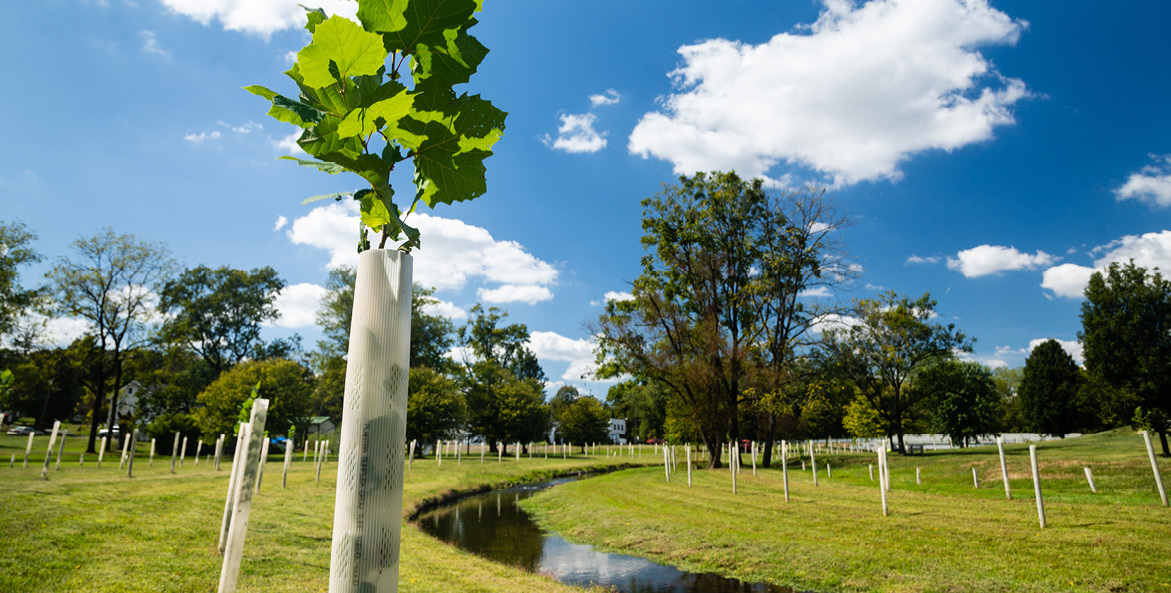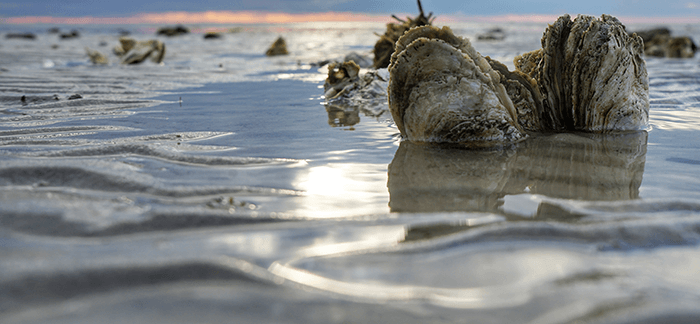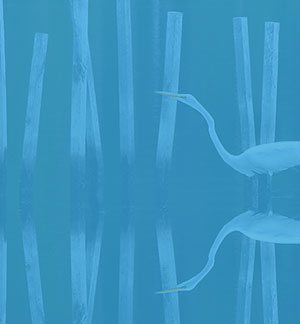The Chesapeake Bay is the nation's largest estuary, its beauty and abundant resources attracting human settlements for more than 10,000 years, with increasingly dramatic impacts. Over time, the Bay has lost half of its forested shoreline and more than half its wetlands. And its oyster population and underwater grasses are tiny fractions of their historical abundance. Across the watershed, approximately 5 million acres of once-untouched land were developed by 2021, 12.5 percent of land in the watershed. In addition, agriculture accounted for 9.7 million acres, or 24 percent [Data Source: National Land Cover Dataset, 2021].
Development has continued across Pennsylvania, Maryland, and Virginia at a rate between 20,00 to 40,000 acres per year. As a result, the health and resilience of the Bay is in peril. Although we will never return to the level of abundance experienced prior to colonization and development, CBF is fighting to return this fragile ecosystem to balance.
Restoring Healthy Soils
CBF works one-on-one with farmers to implement regenerative agriculture practices that keep valuable nutrients and soil on the land—rather than in the water. These practices, which include rotational grazing, planting cover crops, and planting streamside buffers, also help improve farms' resilience to climate change and support vibrant agricultural economies that allow thousands of farms across the watershed to survive and thrive. Learn how regenerative agriculture practices are helping local farmers succeed.
Planting Trees on Farms, Along Streams, and in Urban Communities
Trees provide countless environmental, health, and economic benefits. At a time when the Chesapeake Bay watershed is struggling to meet water quality goals, planting trees remains one of the most successful and cost-effective solutions to reducing polluted runoff and cleaning local waterways. Through our tree planting initiatives, CBF staff and volunteers work directly with landowners and community groups to plant trees along rivers, streams, and shorelines, as well as in urban neighborhoods.
Forested stream buffers cool streams (important for sensitive fish and other aquatic species), improve water quality, stabilize stream banks against erosion, and provide critical habitat for wildlife. Planting trees also reduces the effects of climate change.
Many urban areas suffer from inequities in tree canopy caused by poor urban planning and historic racially motivated housing discrimination. Urban trees help reduce dangerous heat islands. They combat flooding, help reduce crime rates, and improve air quality. Here are just a few stories of how urban restoration is helping communities in Baltimore, West Philadelphia, and Richmond.
Restoring Native Oysters
Native oysters filter pollutants out of the Bay and their reefs provide crucial habitat for fish, crabs, and other Bay species. To reverse centuries of pollution, overharvesting, and disease that left oyster populations at a fraction of their historic levels, CBF restoration teams, volunteers, and partners raise juvenile oysters and work from the bottom up to rebuild reef habitat in targeted restoration areas. Learn more about our oyster restoration work in Maryland and Virginia.
Protecting Our Waterfront
Another form of restoration that protects water quality is the living shoreline. CBF works with landowners to create living shorelines along river and Bay waterfront using native wetland plants and grasses. This not only prevents erosion, it combats the impact of climate change, captures sediment, restores habitat, and filters pollution.
From Our Blog
-
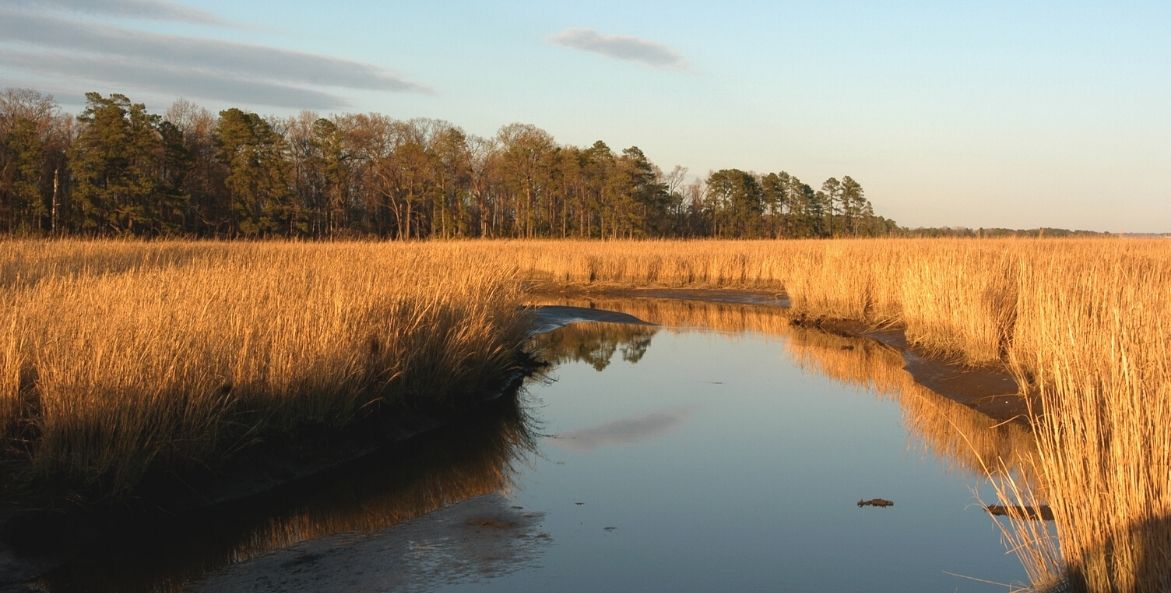
Save the Bay News: Environmental Rights, Wetland Fights, and Clean Water
October 21, 2022
Our monthly roundup of engaging and educational content. This month we look at a legislation model to advance clean water protections and climate action, the federal Clean Water Act, and a pivotal Supreme Court case that could jeopardize wetlands.
-
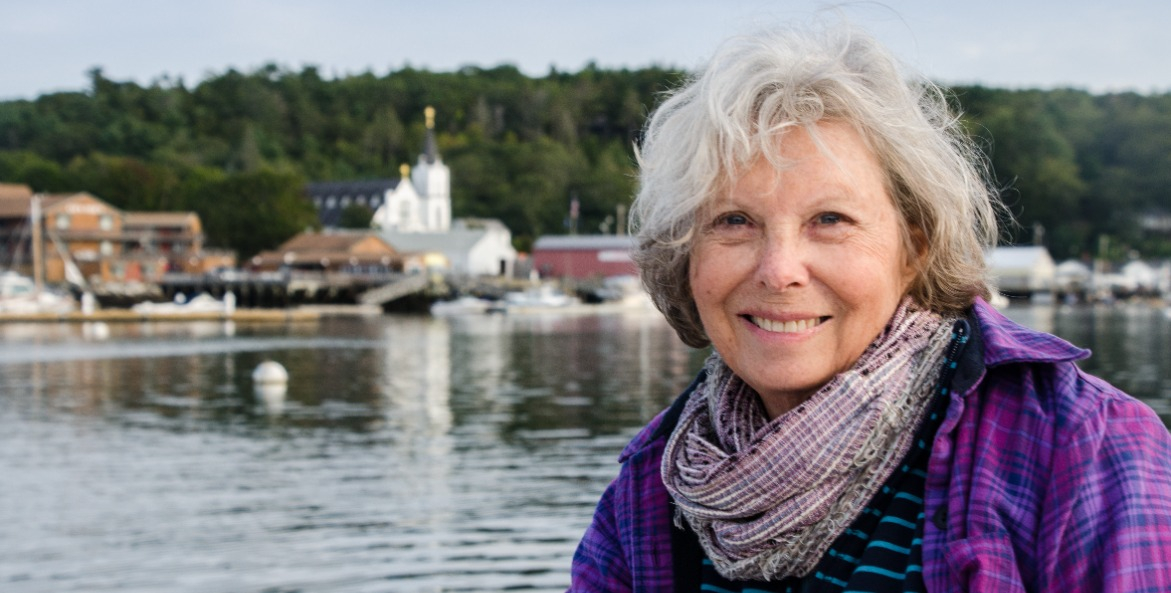
Speaking for the Streams
September 20, 2022
Nancy Kelly has waded, assessed, and protected the Bay's rivers for decades.
-
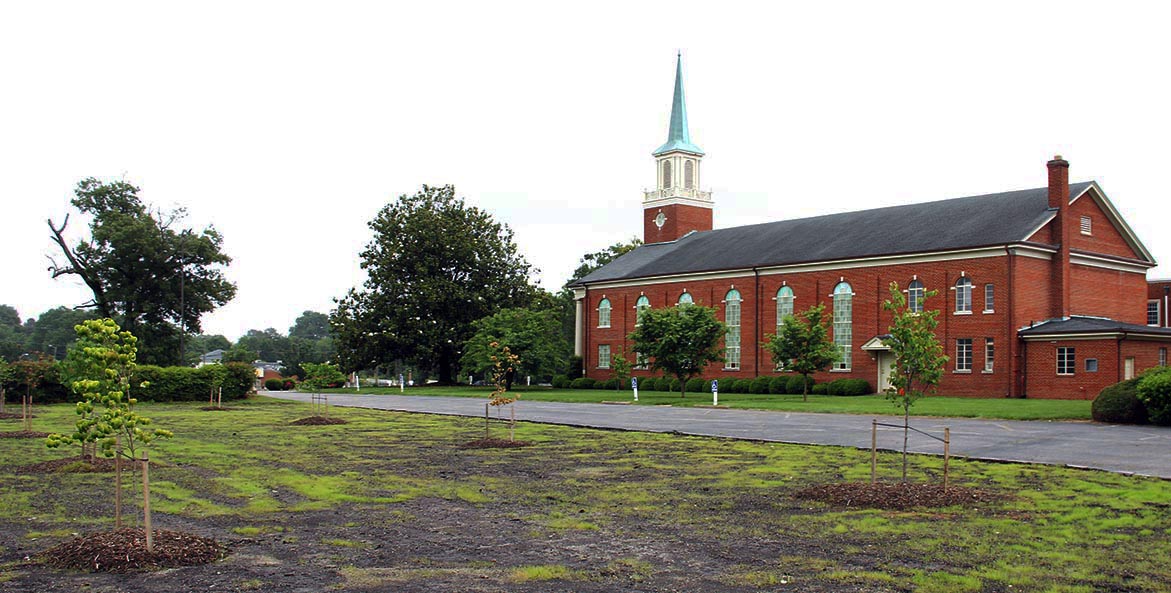
To Unpave Paradise, Pull Up a Parking Lot
July 15, 2022
CBF and Branch's Baptist Church look to nature to solve environmental, health, and economic problems in Richmond.
-
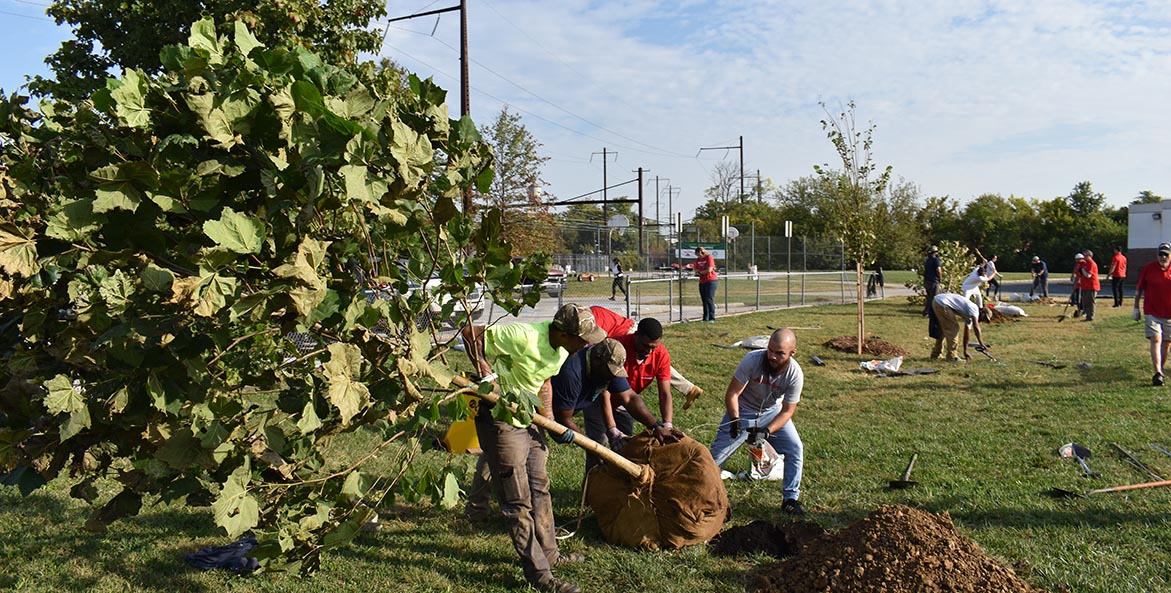
Baltimore's Heat Islands Are a Problem, but New Tree Planting Efforts Could Help
July 14, 2022
The state's urban tree planting program presents an opportunity to deal with sweltering heat in the city.
-
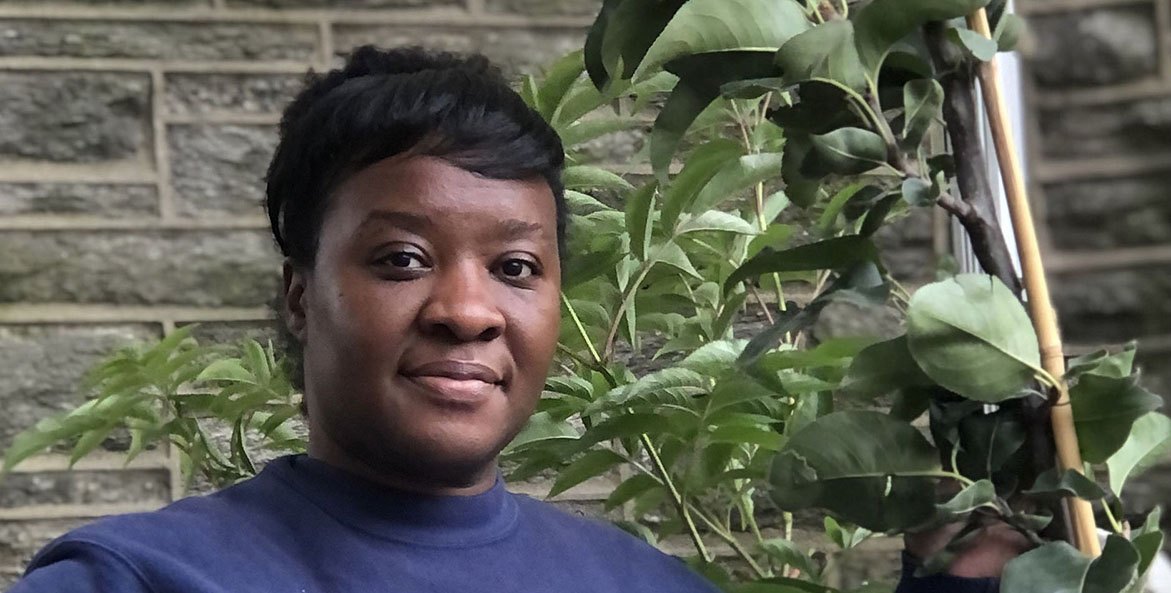
Brotherly Love for Trees
July 12, 2022
Community activist Kiasha Huling finds trees are some of the best tools to combat Philadelphia's harmful 'heat islands'.
-
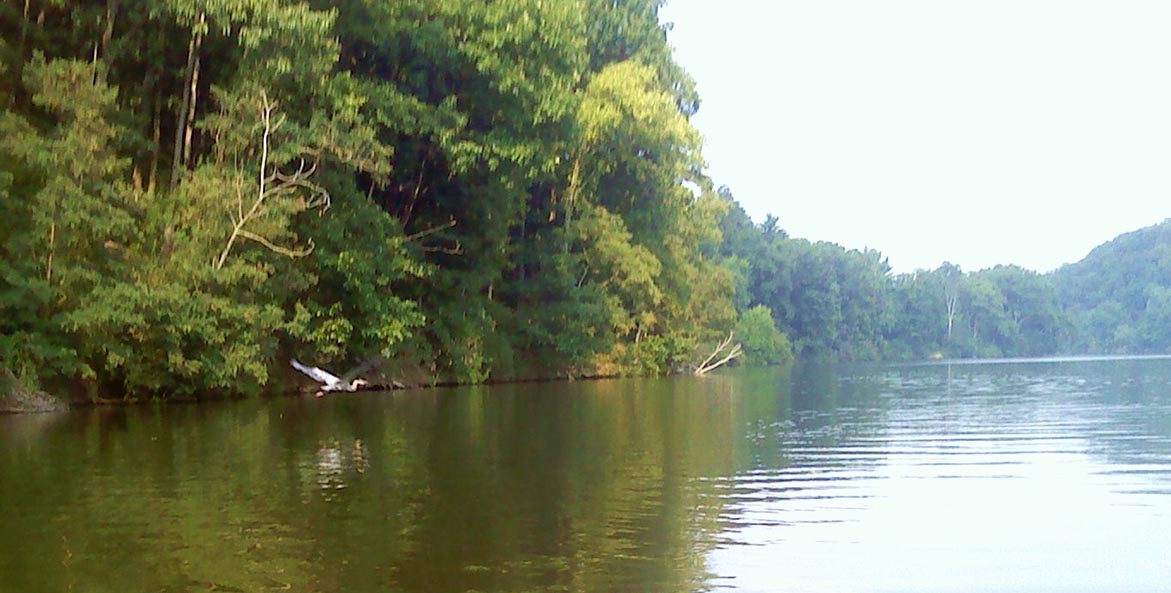
Let's Clean Up and Protect Western Pennsylvania's Waterways
June 29, 2022
We fouled our precious waterways, now it is time to clean them up. Over one-third of Pennsylvania's waters are impaired and western Pennsylvania's streams are no exception.
| Items 15 - 20 of 20 | Previous | 1 | 2 | 3 |

